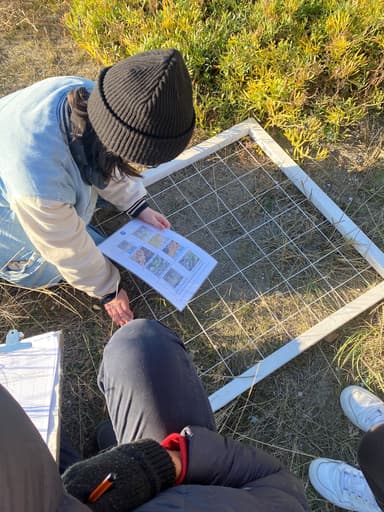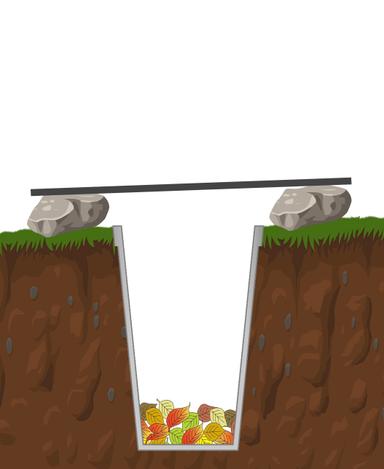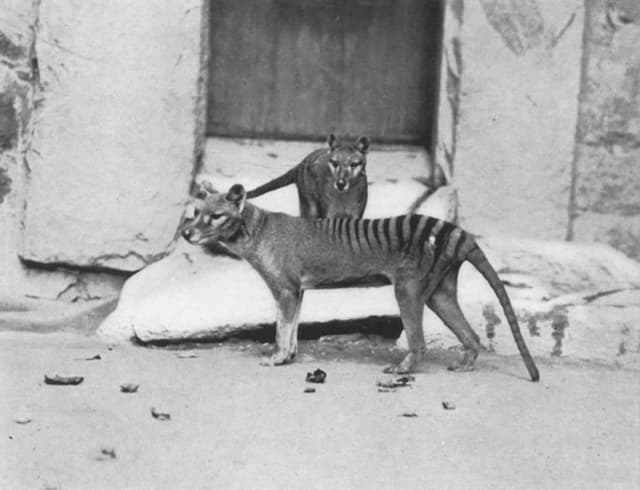Myths about teaching can hold you back
- Year 8
Conserving biodiversity
I can describe a number of ways in which humans are impacting on biodiversity.
- Year 8
Conserving biodiversity
I can describe a number of ways in which humans are impacting on biodiversity.
These resources were made for remote use during the pandemic, not classroom teaching.
Switch to our new teaching resources now - designed by teachers and leading subject experts, and tested in classrooms.
Lesson details
Key learning points
- Biodiversity is important to maintain healthy habitats.
- A gene pool is the range of DNA in a species.
- Biodiversity can be maintained by conservation, protection and gene banks.
Keywords
Biodiversity - Biodiversity is the range of different living organisms (species) that live in a place.
Gene bank - A gene bank is a store of genetic material for future use. For example, collections of seeds, or stores of plant and animal cells.
DNA - Genetic material is made of a chemical substance called DNA (deoxyribonucleic acid).
Conservation - Conservation is the process of protecting biodiversity and the environment.
Gene pool - The gene pool is the range of DNA in a species. The larger the gene pool, the more easily species can adapt to changes to their habitat.
Common misconception
Biodiversity conservation can only take place in large natural habitats such as forests.
Biodiversity conservation can take place on a small scale, for example, by providing habitats in gardens and in urban areas. On a smaller scale still, seeds and embryos can be stored to help conserve gene pools.
To help you plan your year 8 science lesson on: Conserving biodiversity, download all teaching resources for free and adapt to suit your pupils' needs...
To help you plan your year 8 science lesson on: Conserving biodiversity, download all teaching resources for free and adapt to suit your pupils' needs.
The starter quiz will activate and check your pupils' prior knowledge, with versions available both with and without answers in PDF format.
We use learning cycles to break down learning into key concepts or ideas linked to the learning outcome. Each learning cycle features explanations with checks for understanding and practice tasks with feedback. All of this is found in our slide decks, ready for you to download and edit. The practice tasks are also available as printable worksheets and some lessons have additional materials with extra material you might need for teaching the lesson.
The assessment exit quiz will test your pupils' understanding of the key learning points.
Our video is a tool for planning, showing how other teachers might teach the lesson, offering helpful tips, modelled explanations and inspiration for your own delivery in the classroom. Plus, you can set it as homework or revision for pupils and keep their learning on track by sharing an online pupil version of this lesson.
Explore more key stage 3 science lessons from the Biodiversity unit, dive into the full secondary science curriculum, or learn more about lesson planning.

Licence
Prior knowledge starter quiz
6 Questions
Q1.True or false? An artic habitat has a high level of biodiversity.
Q2.Which of the following would be likely to decrease biodiversity?
Q3.Groups of organisms that are able to reproduce with each other to produce offspring that are also able to reproduce are called a .
Q4.Which of the following organisms could be sampled using this piece of sampling equipment?

Q5.Match the following features of a pitfall trap to how the feature helps to sample organisms.

stop organisms in the trap escaping
are food to attract organisms
stop organisms in the trap drowning
protects the trap from weather
to help make sure that organisms drop into the trap
Q6.What might a sweep net be used to sample?
Assessment exit quiz
6 Questions
Q1.What does an arrow in a food chain show?
Q2.The process of protecting biodiversity and the environment is called .
Q3.Which of the following are examples of gene banks?
Q4.The gene pool of a species determines ...
Q5.In which of the following habitats is there likely to be the most biodiversity?
Q6.The Tasmanian tiger became extinct less than 100 years ago because of the impact of humans on their habitat.
Which of the following reasons might explain why the animal became extinct?



